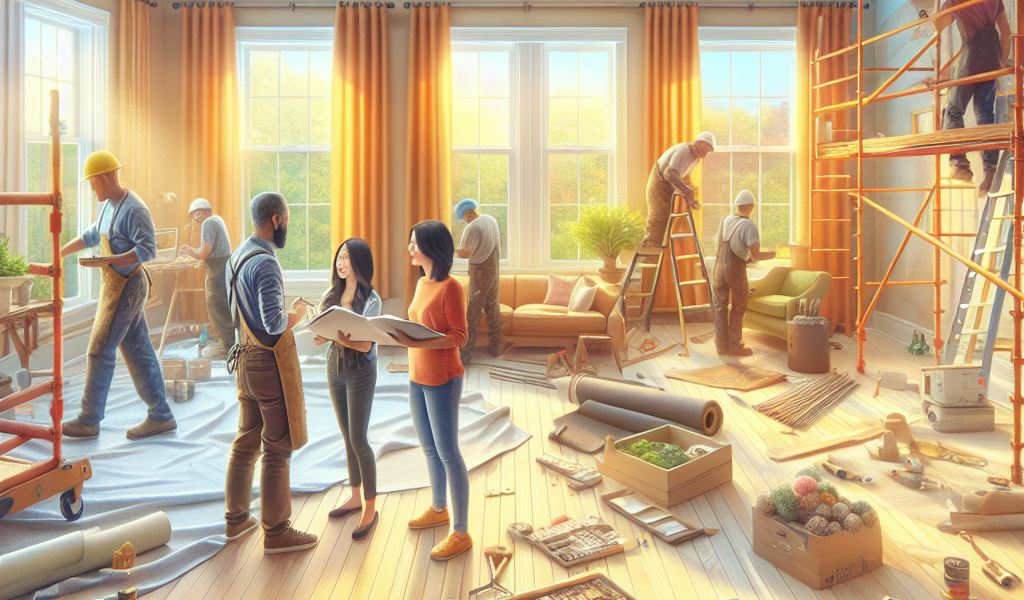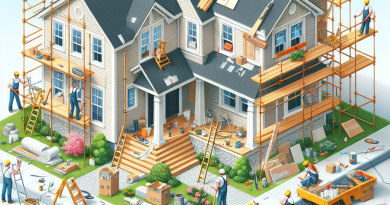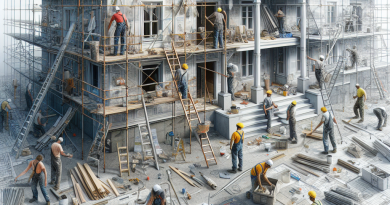Preserving the Past: Renovating Historic Homes for Modern Living
Preserving the Past: Renovating Historic Homes for Modern Living
Historic homes are a treasure trove of architectural beauty, rich history, and unique character. Renovating these homes for modern living requires a delicate balance of preserving their original charm while incorporating contemporary amenities and functionality. As an expert in real estate renovation, I have had the privilege of working on many historic homes and have learned valuable lessons on how to successfully marry the past with the present.
Preserving the Integrity of the Original Design
When renovating a historic home, it is crucial to respect and preserve the integrity of the original design. This means paying close attention to architectural details, such as ornate moldings, intricate woodwork, and historic fixtures. Whenever possible, these elements should be restored or preserved to maintain the home’s authentic charm and character.
One of the key challenges in renovating historic homes is striking a balance between preserving the past and meeting the needs of modern living. For example, historic homes often have smaller rooms and layouts that may not be conducive to contemporary open-concept living. In these cases, it is important to work with a skilled architect to carefully evaluate the space and find creative solutions that honor the original design while maximizing functionality.
Updating Infrastructure and Systems
While preserving the historic charm of a home is important, it is equally essential to update the infrastructure and systems to meet modern safety and efficiency standards. This may include upgrading electrical wiring, plumbing, HVAC systems, and insulation to ensure the home is safe, comfortable, and energy-efficient.
Renovating historic homes can present unique challenges, particularly when it comes to preserving the original structure while incorporating modern amenities. For example, adding central air conditioning or a new kitchen layout may require extensive modifications to the existing framework. In these cases, it is crucial to work with a team of experienced contractors and designers who understand the complexities of renovating historic properties.
Incorporating Sustainable Design Practices
In recent years, there has been a growing trend towards incorporating sustainable design practices in home renovation projects. When renovating historic homes, it is important to consider how these practices can be integrated to preserve the home’s historic integrity while reducing its environmental impact.
One way to incorporate sustainable design practices in historic homes is by using salvaged or reclaimed materials. This can include repurposing old wood flooring, doors, or fixtures from the original home, or sourcing materials from local suppliers to reduce the home’s carbon footprint. Additionally, energy-efficient appliances, lighting, and HVAC systems can be installed to improve the home’s energy efficiency without compromising its historic charm.
Preserving Historical Significance
In addition to preserving the architectural and aesthetic qualities of historic homes, it is equally important to honor their historical significance. This can include researching the home’s history and architectural style to better understand its cultural and social context, as well as collaborating with local historic preservation organizations to ensure the renovation adheres to preservation guidelines and standards.
When renovating a historic home, it is essential to approach the project with a deep respect for the home’s history and significance. This may involve preserving original materials, colors, or architectural features that reflect the home’s unique heritage. By incorporating these elements into the renovation, homeowners can create a space that celebrates the past while embracing the comforts of modern living.
In conclusion, renovating historic homes for modern living requires a careful balance of preserving the past and embracing the future. By respecting the home’s original design, updating its infrastructure, incorporating sustainable design practices, and honoring its historical significance, homeowners can transform these architectural treasures into modern-day sanctuaries that celebrate the past while meeting the demands of contemporary living.
As an expert in real estate renovation, I have witnessed firsthand the transformative power of renovating historic homes. By following these guiding principles, homeowners can preserve the past, enhance the present, and create a home that truly stands the test of time.






